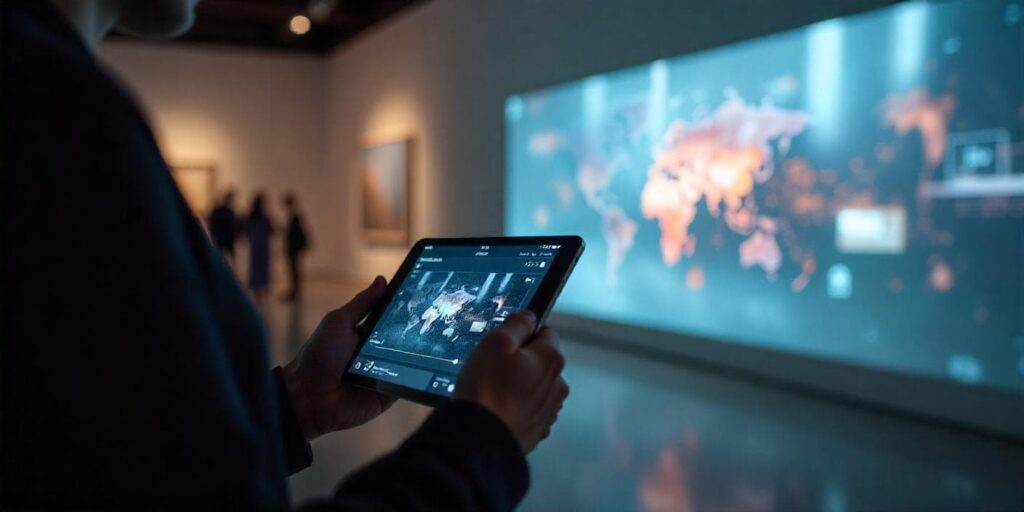I’ll admit, I used to be skeptical about technology in museums. Too often, it felt like a flashy distraction—touchscreens and VR headsets that pulled focus from the artifacts themselves. But then I met Marcus, our tech lead, and saw how thoughtfully integrated tech could deepen the human experience. The trick? Using it to bridge the gap between past and present, not replace one with the other.
One of my favorite examples is our work with the Boston Art Collective. We added augmented reality to their Impressionist gallery, but not in the way you’d expect. Instead of gimmicky animations, we created “artist’s lenses”: visitors could hold up a tablet to see the scene through Monet’s eyes, complete with his color palette and brushstrokes. The tech didn’t overshadow the art—it made it personal.
The same goes for audio guides. We don’t just record dry descriptions; we collaborate with voice actors, historians, and even descendants of the people tied to the artifacts. At the Appalachian Folk Center, visitors could listen to the granddaughter of a quilt-maker describe her grandmother’s process. Suddenly, a simple quilt became a family heirloom, a piece of living history.
The lesson? Tech should be invisible in the best way—enhancing the story without stealing the show. When it’s done right, visitors don’t walk away saying, “That VR was cool.” They say, “I never knew history could feel so alive.”

